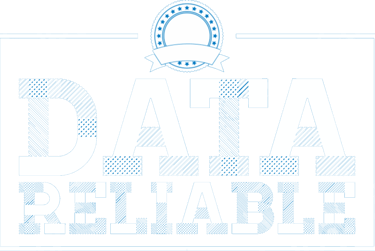Data Estate Is Ready for Generative AI at Scale
Outlining the key capabilities, practices, and governance needed to support large-scale AI.
Kylo B
8/9/20252 min read
Is Your Data Estate Ready for Generative AI at Scale?
Generative AI thrives on unstructured data—text, video, images—but leveraging its power requires more than access: it demands a solid foundation encompassing technology, governance, and organizational culture. Here’s what it takes:
1. Unify and Consolidate Data through a Scalable Architecture
Fragmented and siloed data sets are the biggest roadblocks. Enterprise adoption of modern architectures—like data lakehouses—enables unified, hybrid access to both structured and unstructured data, across cloud and on-prem systems. This creates a single source of truth for Gen AI. Geeky GadgetsIBM+1
2. Enable Retrieval-Augmented Generation (RAG) with Document Management
Generative systems often rely on injecting accurate, up-to-date context via documents. Effective document management systems transform static files into live, searchable knowledge that fuels RAG pipelines. TechRadar
3. Employ Vector Stores and Multi-Database Strategies for Context Awareness
High-performing Gen AI models need efficient retrieval of semantic, situational, and conversational context. This often requires using a combination of:
Vector databases for semantic similarity
Relational/data lakehouse sources for situational data
Document or key-value stores for chat context
A multi-database setup optimizes performance and relevance. arXivThe Wall Street Journal
4. Build Robust Data Ops: Cataloging, Versioning & Data Quality
Ensure your datasets are discoverable, reproducible, and reliable by investing in:
Data catalogs with metadata, lineage, and governance
Data version control for reproducibility and auditability
DataOps workflows combining automated labeling, human-in-the-loop validation, and bias checks alltius.aiWikipediawcrecycler.com
5. Implement Precise Governance & Responsible AI Frameworks
Risk reduction and compliance require strong governance frameworks that define data roles, quality, access controls, lineage tracking, and auditability—essential for ethical and legal AI deployment. Geeky GadgetsCastor DocWikipediaSingleStone Consulting
6. Assess Data Readiness Across Volume, Variety, Accessibility, and Governance
Review your data landscape critically:
Do you have enough high-quality, diverse data to train robust models?
Are your datasets accessible and integrated into AI workflows?
Do you have governance and compliance controls to support secure usage?
Neglecting any of these dimensions can lead to bias, inaccuracy, or compliance failures. XeragoTechRadar+1
7. Invest in AI-First Data Strategy & Organizational Enablement
Generative AI readiness isn’t just technical—it’s strategic. You need:
A unified data strategy aligned with AI at scale
Automation for ingestion, transformation, and observability
Cloud-native tools and FinOps to manage costs and scale
Cross-functional investment in data literacy and AI leadership (e.g., a Head of AI role) Google CloudDeloitte InsightsThe AustralianIBMTechRadar
Executive Readiness Checklist
Readiness AreaKey Questions to AskArchitectureDo we have a unified data lakehouse supporting unstructured + structured data?Retrieval StrategyAre we equipped with document systems and vector stores for RAG and AI agents?Data Ops & QualityCan we catalog, version, and label data reliably and reproducibly?Governance & ComplianceDo governance frameworks exist for access, bias, lineage, and audit?Data MaturityDo we have sufficient, diverse, clean, accessible data with governance?Strategic EnablementIs data strategy aligned with AI scaling? Are automation and roles in place?
Bottom Line
Generative AI at scale demands a next-generation data estate—one that is unified, governed, enriched with context, and supported by operational best practices. Without this foundation, Gen AI risks becoming unreliable, biased, or simply unusable.
Would you like help mapping these maturity dimensions into a roadmap or assessment framework tailored to your organization?
Subscribe to our newsletter


